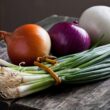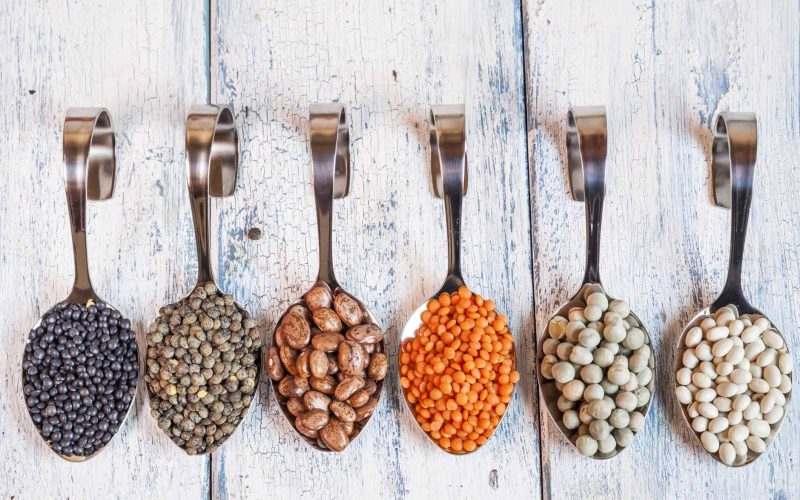Beans are nutritional powerhouses that have sustained civilizations for thousands of years.
Known scientifically as Phaseolus vulgaris, these versatile legumes offer an incredible combination of protein, fiber, and essential nutrients that make them one of the world’s most important food sources.
Beans contain between 21 to 25% protein by weight, which is much higher than other sources of vegetable protein, making them an excellent choice for anyone looking to boost their protein intake.
With over 400 varieties of beans cultivated globally, these adaptable legumes cross cultural boundaries and appear in cuisines from every continent.
Recent research shows that adult dietary patterns with increased bean consumption are associated with greater overall shortfall nutrient intakes, lower added sugar, improved weight-related outcomes and better diet quality.
This makes understanding different types of beans more important than ever for health-conscious cooks and nutrition enthusiasts.
Whether you’re an experienced chef or just starting your culinary journey, beans offer endless possibilities.
They’re forgiving to cook with, budget-friendly, and can transform simple ingredients into satisfying, nutritious meals.
Let’s explore the most popular and useful bean varieties that deserve a place in your pantry.
The Most Popular Types of Beans
1. Black Beans
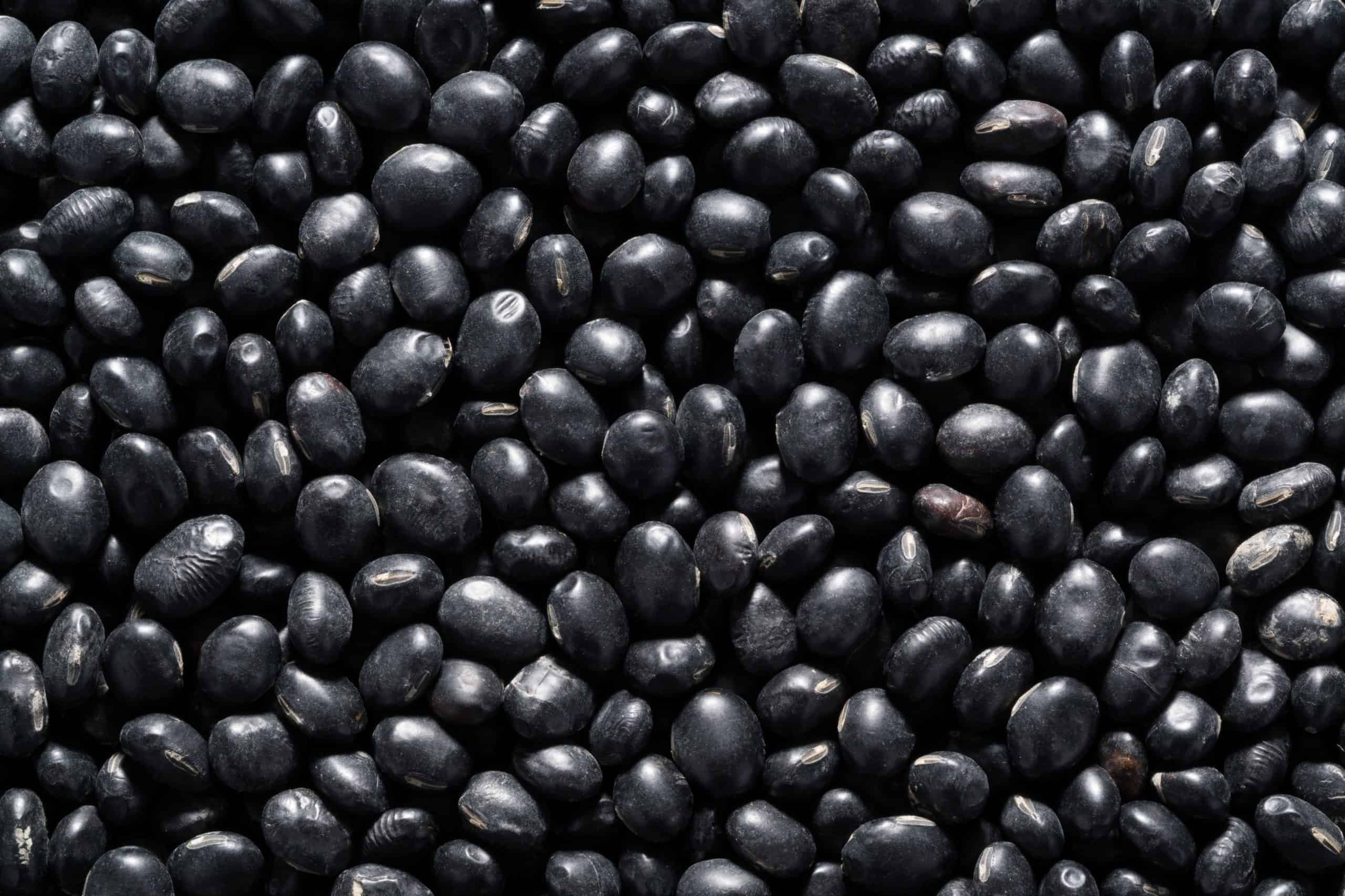
Black beans are true nutritional superstars packed with antioxidants, protein, and fiber.
These dense, flavorful legumes are particularly rich in anthocyanins, the same compounds that give blueberries their health benefits.
Nutritional Profile:
- High in folate, magnesium, and iron
- Contains calcium and zinc for bone health
- Natural source of potassium for heart health
Cooking Applications: Black beans are perfect for Latin American dishes, grain bowls, and vegetarian burgers. Their robust flavor pairs beautifully with cumin, lime, and cilantro. They hold their shape well during cooking, making them ideal for salads and salsas.
2. Soybeans
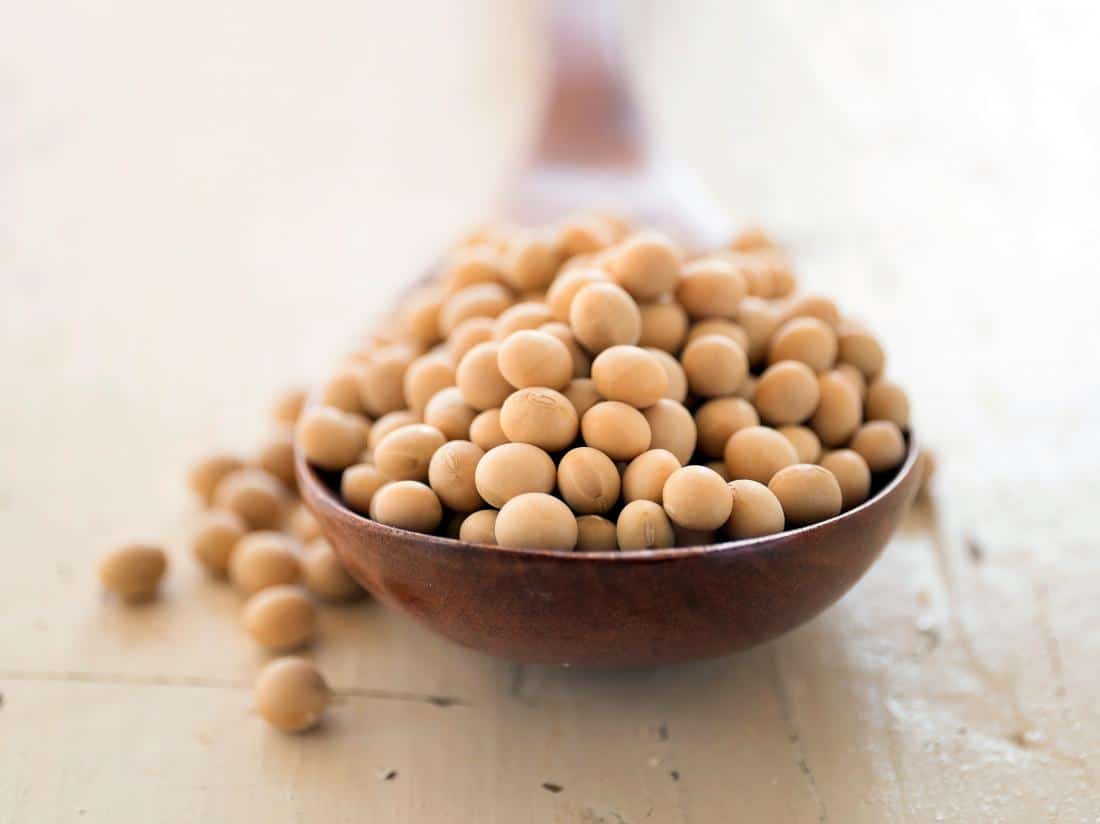
Soybeans represent one of the most versatile and nutritionally complete legumes available.
They’re unique among beans because they contain all essential amino acids, making them a complete protein source.
Health Considerations: Some evidence suggests they can help reduce blood sugar, boost heart health, and maintain a healthy gut. However, soybeans contain isoflavones, which can have estrogenic effects. For postmenopausal women, this may help with symptoms like hot flashes, while premenopausal women might experience anti-estrogenic effects.
Culinary Uses: From tofu and tempeh to soy milk and miso, soybeans are processed into numerous food products. Fresh soybeans (edamame) make excellent snacks or salad additions.
3. Great Northern Beans
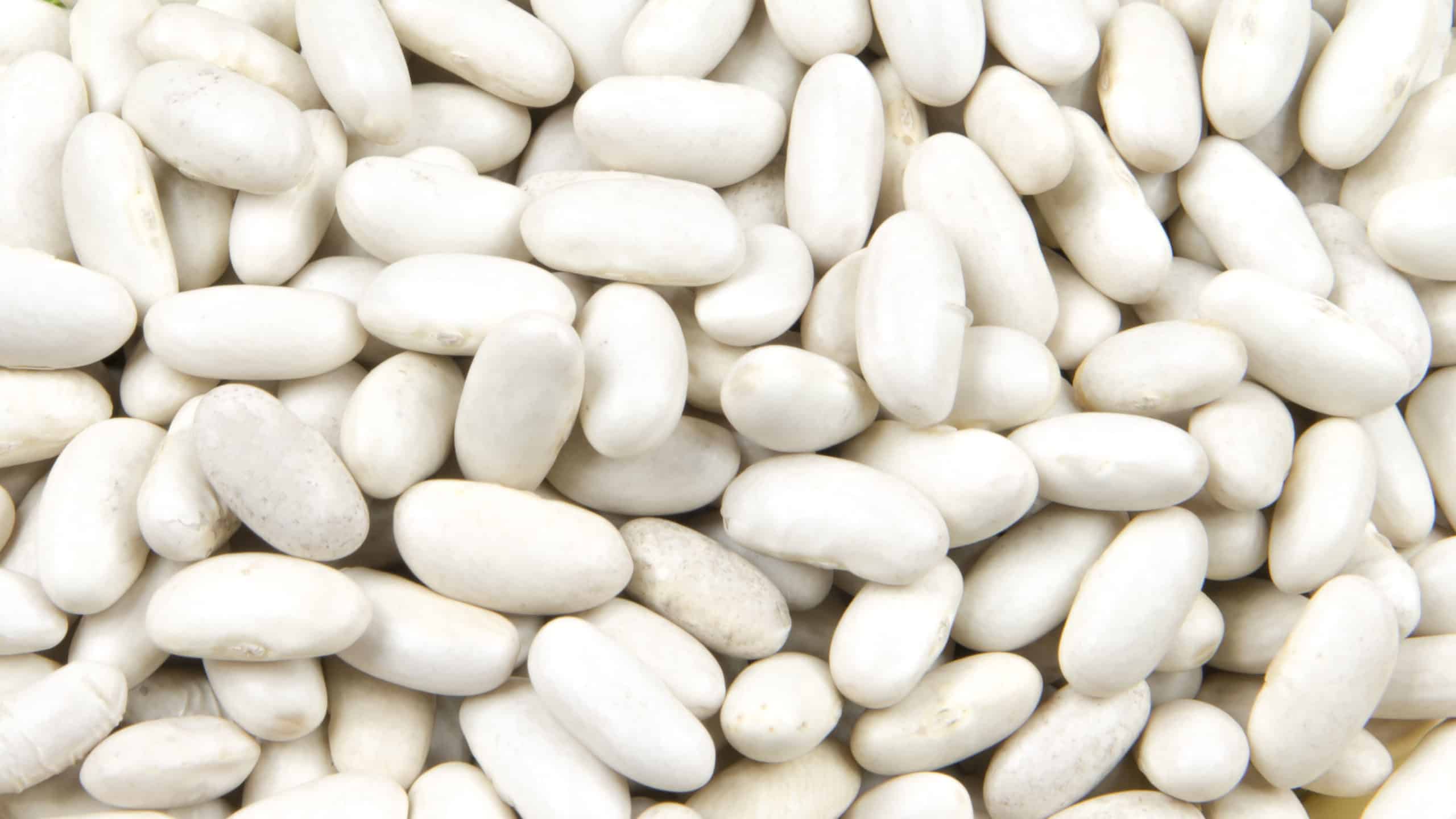
These medium-sized white beans are prized for their mild flavor and ability to absorb surrounding flavors.
Great Northern beans maintain their shape well during cooking, making them perfect for dishes where presentation matters.
Best Uses:
- Slow-cooked stews and soups
- Bean salads and grain bowls
- Cassoulet and other European dishes
- Pureed for creamy sauces
4. Kidney Beans
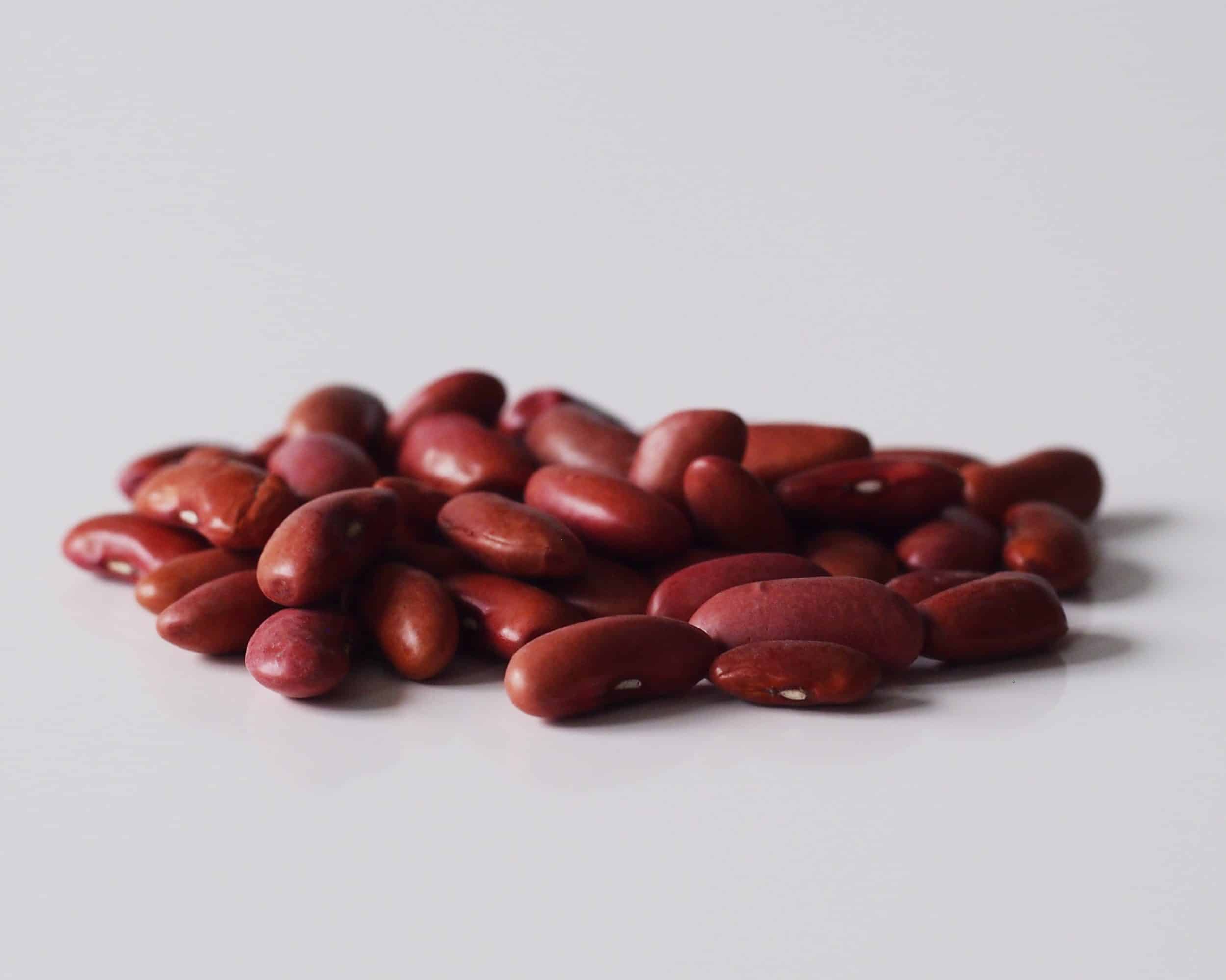
Named for their distinctive shape, kidney beans are among the most recognizable varieties.
Important Safety Note: Kidney beans must be cooked thoroughly, as raw or undercooked beans contain lectins that can cause digestive issues.
Nutritional Benefits:
- High in fiber for digestive health
- Rich in minerals including iron and potassium
- Good source of protein and B vitamins
Cooking Tips: Always soak kidney beans overnight and boil vigorously for at least 10 minutes to ensure safety. They’re perfect for chili, curry dishes, and hearty stews.
5. Lima Beans (Butter Beans)
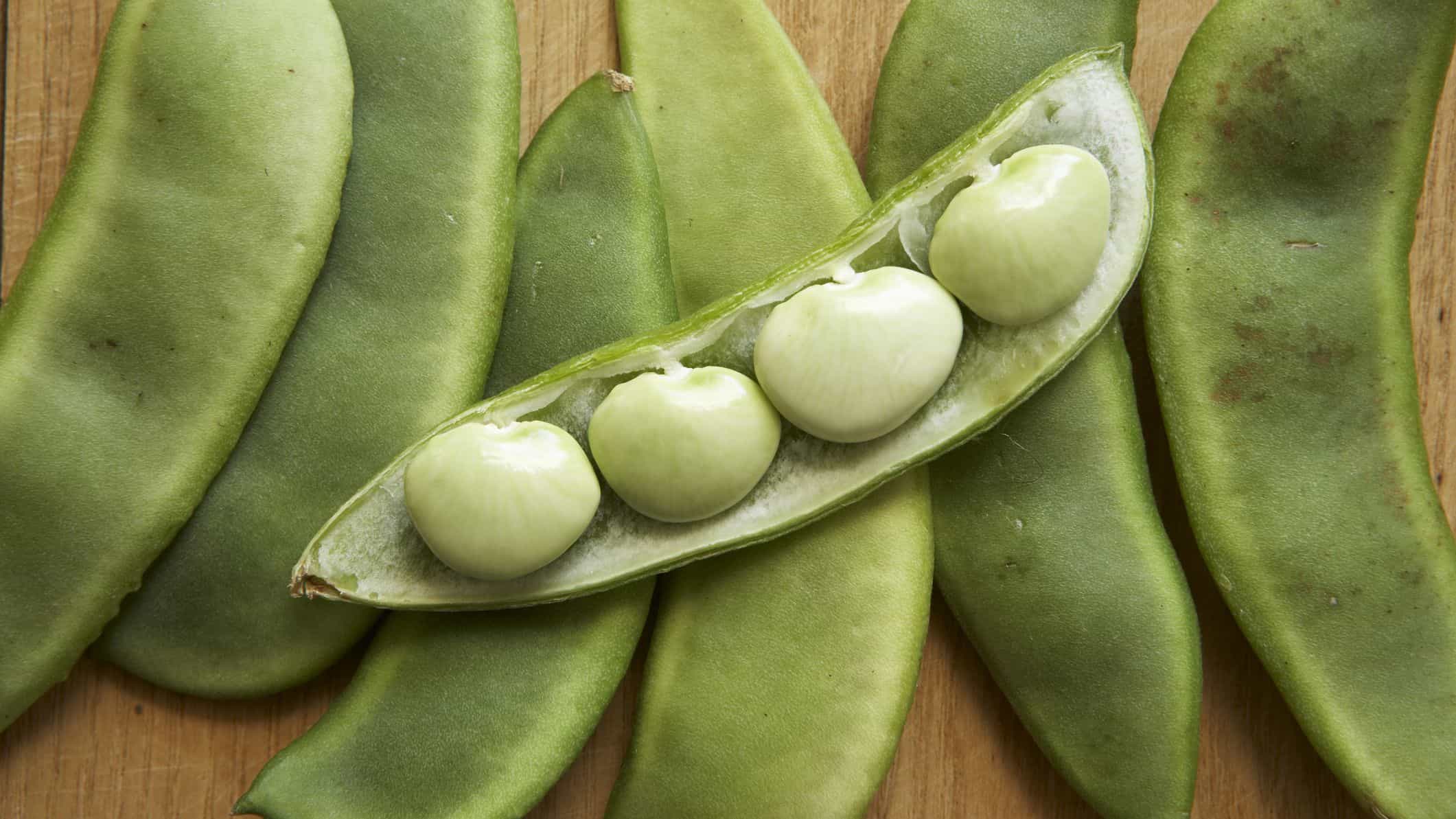
Named after Lima, Peru, these large, flat beans are known for their creamy texture and buttery flavor.
In the Southern United States, they’re often called butter beans.
Preparation Notes:
- Choose pre-shelled or canned varieties to save time
- Always rinse canned lima beans to reduce gas-producing compounds
- Never eat raw lima beans, as they contain compounds that can be toxic
Culinary Applications: Lima beans shine in succotash, Southern-style dishes, and Mediterranean stews. Their starchy texture makes them excellent for purees and dips.
6. Navy Beans
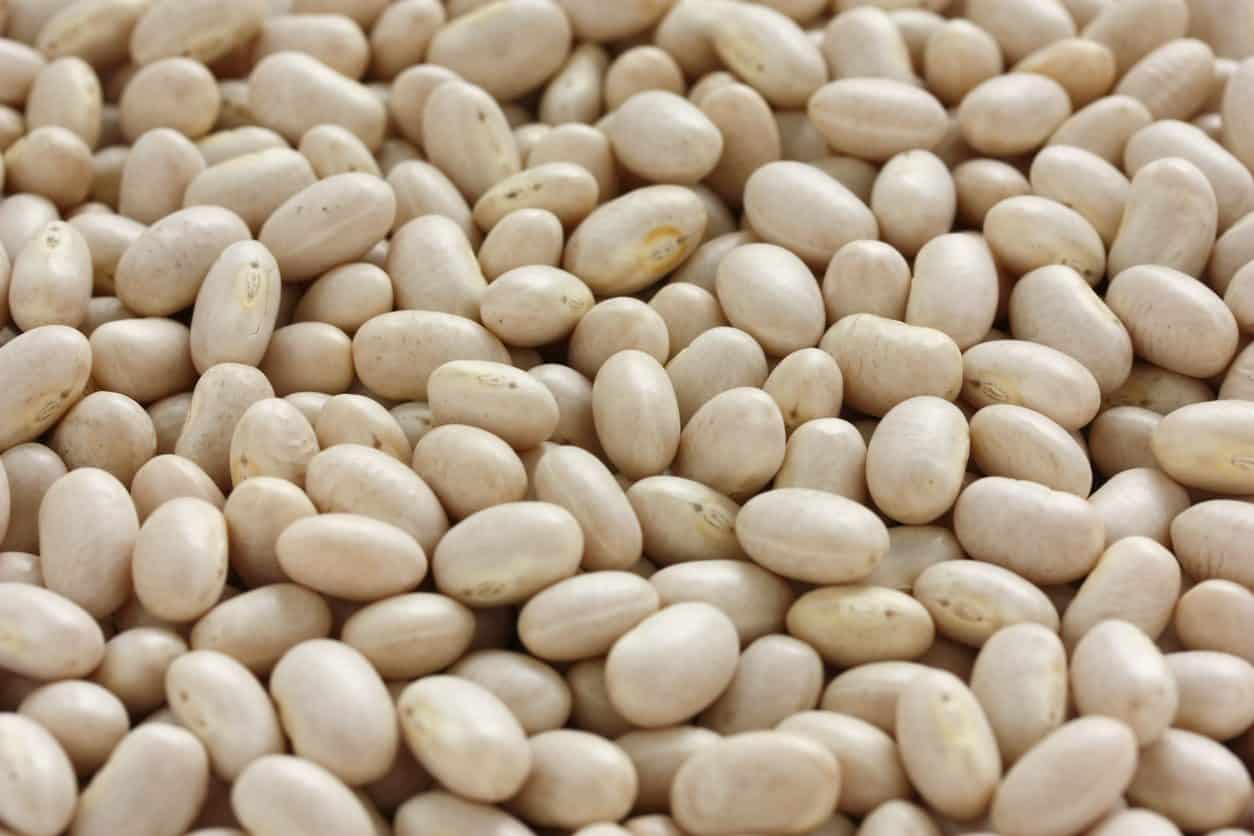
These small, white beans earned their name from being a staple food for the U.S. Navy since the mid-1800s. Despite their size, they pack impressive nutritional value.
Historical Context: Navy bean production expanded significantly during World War II to provide cost-effective nutrition for troops. Today, they remain popular for their versatility and mild flavor.
Health Benefits:
- Support healthy cholesterol levels
- Help regulate blood sugar
- Rich in iron, particularly beneficial for women
- Low in fat and calories
Best Applications: Navy beans are perfect for baked beans, soups, and any dish where you want beans to absorb flavors without dominating the taste profile.
7. Garbanzo Beans (Chickpeas)
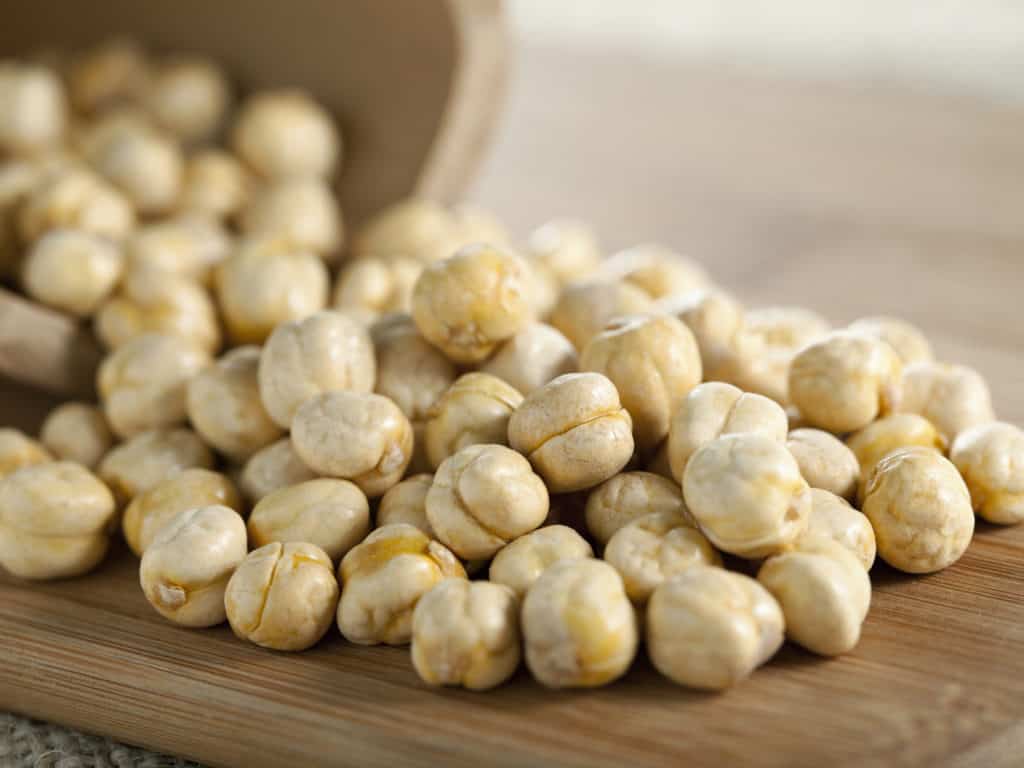
Perhaps better known as chickpeas, garbanzo beans are Mediterranean and Middle Eastern cuisine staples.
They offer a nutty flavor and firm texture that works in both cooked and raw preparations.
Nutritional Powerhouse:
- High in protein, fiber, and folate
- Rich in phosphorus and iron
- Contains beneficial plant compounds
Versatile Uses: From hummus and falafel to roasted snacks and curry dishes, chickpeas adapt to countless preparations. They can be mashed, pureed, or left whole depending on your recipe needs.
8. Cranberry Beans
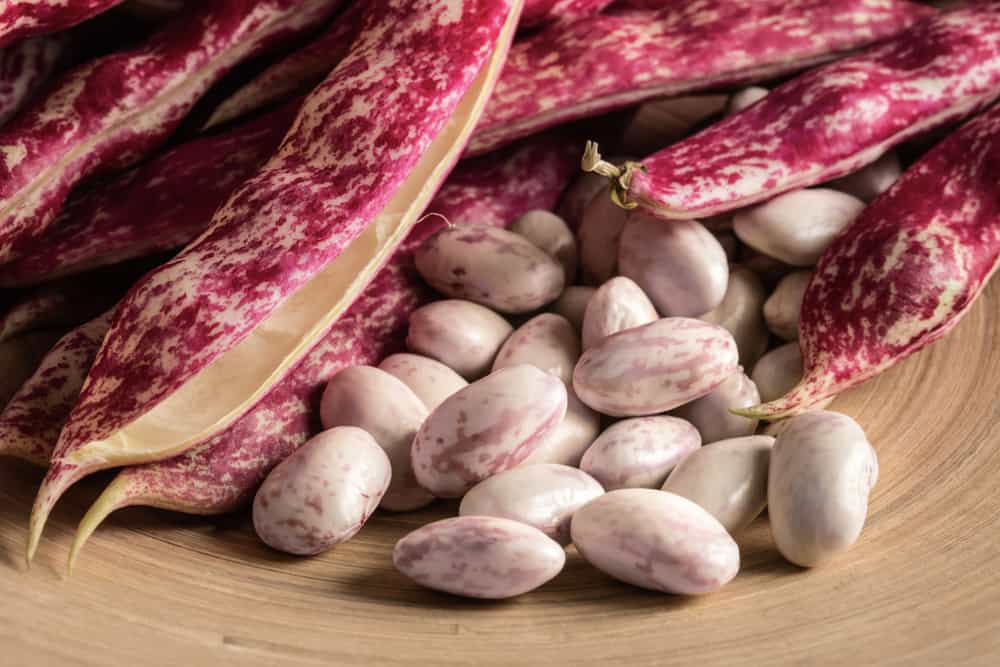
These beautiful beans get their name from their pink-red speckled appearance.
They offer a smooth, slightly sweet flavor that works well in both rustic and refined dishes.
Culinary Characteristics:
- Creamy texture when cooked
- Mild, slightly nutty flavor
- Hold their shape well in cooking
- Rich in protein, fiber, and minerals
Recipe Ideas: Cranberry beans excel in Italian dishes, Mexican cuisine, and hearty salads. They’re particularly good in pasta e fagioli and bean-based soups.
9. Lentils
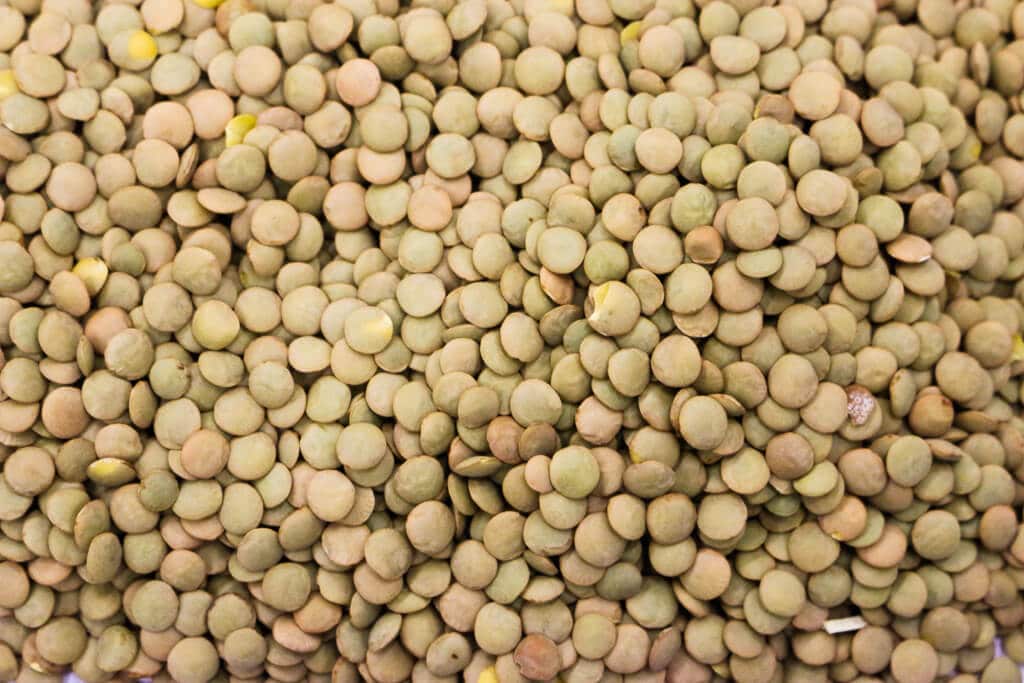
While technically legumes rather than beans, lentils deserve inclusion for their incredible versatility and nutritional profile.
They’re among the fastest-cooking options in the bean family.
Pregnancy Benefits: Lentils are exceptionally high in folate, making them crucial for pregnant women to help prevent neural tube defects in developing babies.
Variety Options:
- Red lentils: Cook quickly and break down for purees
- Green lentils: Hold their shape well for salads
- Black lentils: Offer an earthy flavor and firm texture
Cooking Advantages: Unlike most beans, lentils don’t require soaking and cook in 15-30 minutes depending on the variety.
10. Cannellini Beans
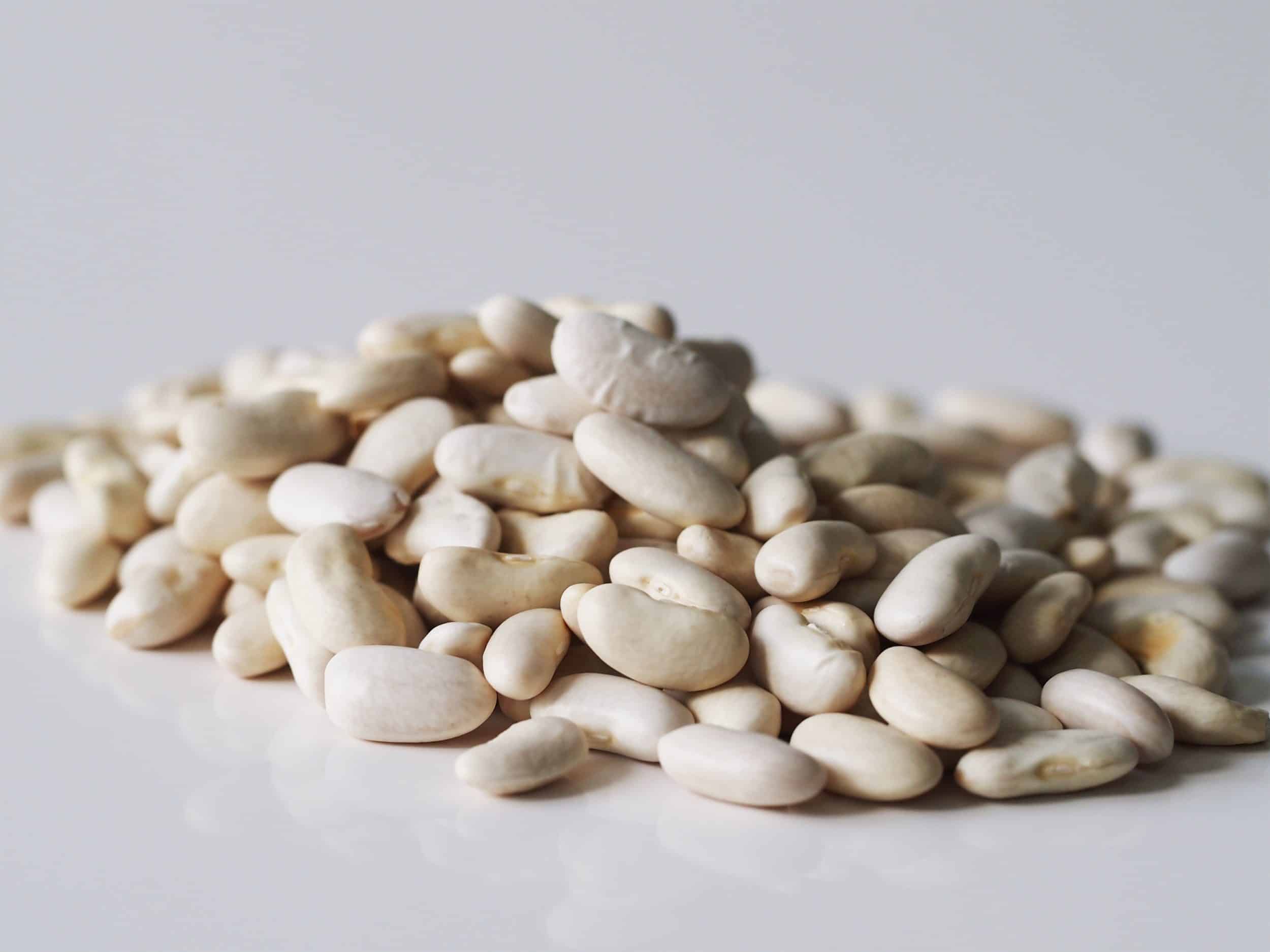
Often called white kidney beans, cannellini beans are the largest variety of white beans.
Their meaty texture and mild flavor make them incredibly versatile.
Texture Profile:
- Creamier than navy beans
- Firmer than Great Northern beans
- Excellent for both hot and cold applications
Classic Applications: Cannellini beans are essential in Italian cuisine, particularly in minestrone soup, tuscan bean salads, and pasta dishes. They also make excellent additions to grain bowls and Mediterranean-style meals.
11. Pinto Beans
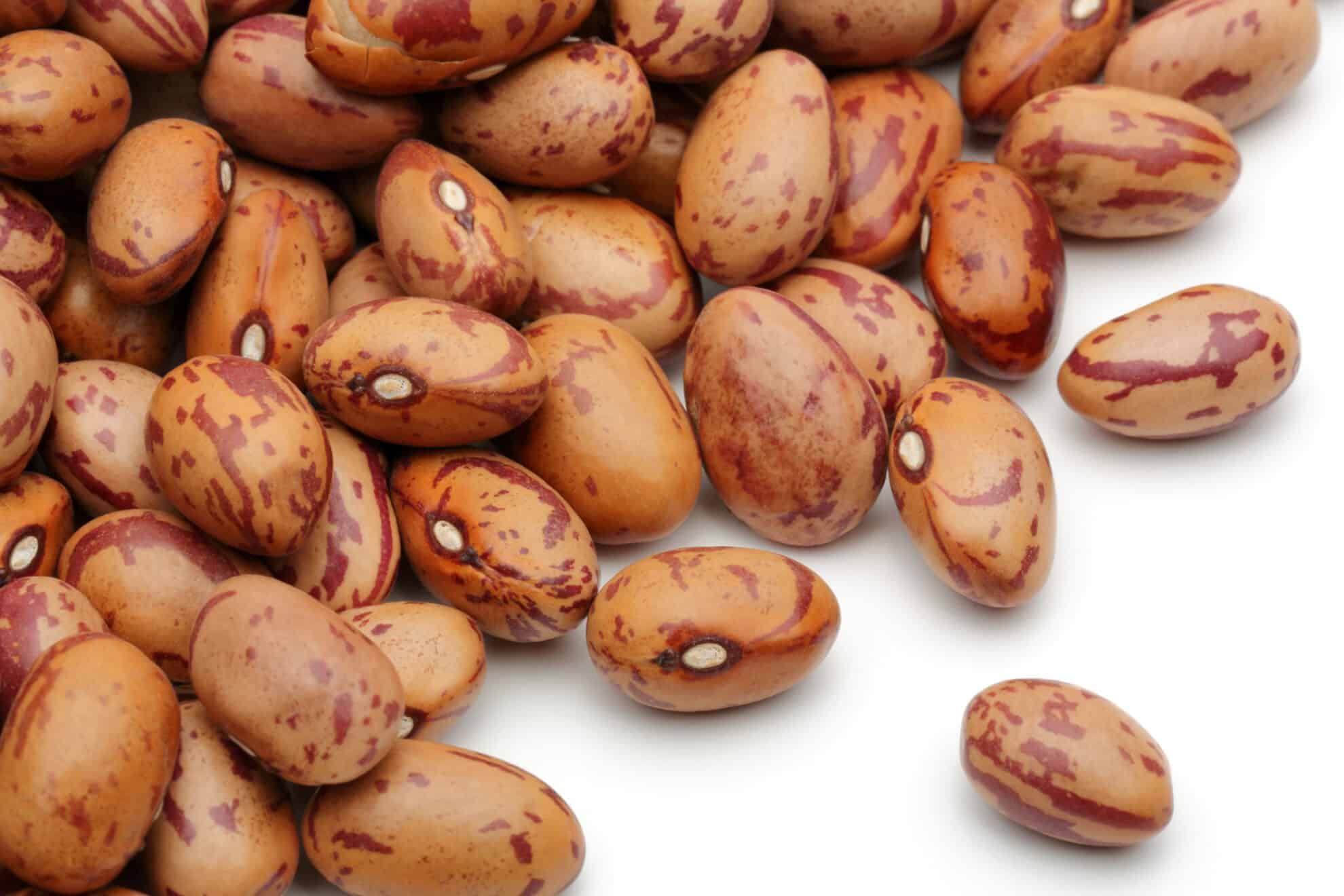
Pinto beans are among the most popular varieties in the United States, particularly in Southwestern cuisine. If you’ve enjoyed refried beans, you’ve likely eaten pintos.
Nutritional Profile:
- High in folate and fiber
- Contains only 1 gram of fat per serving
- Rich in essential nutrients
- May help improve both HDL and LDL cholesterol levels
Cultural Significance: Pinto beans are staples in Mexican and Tex-Mex cuisine, perfect for burritos, tacos, and traditional bean and rice dishes.
12. Fava Beans (Broad Beans)
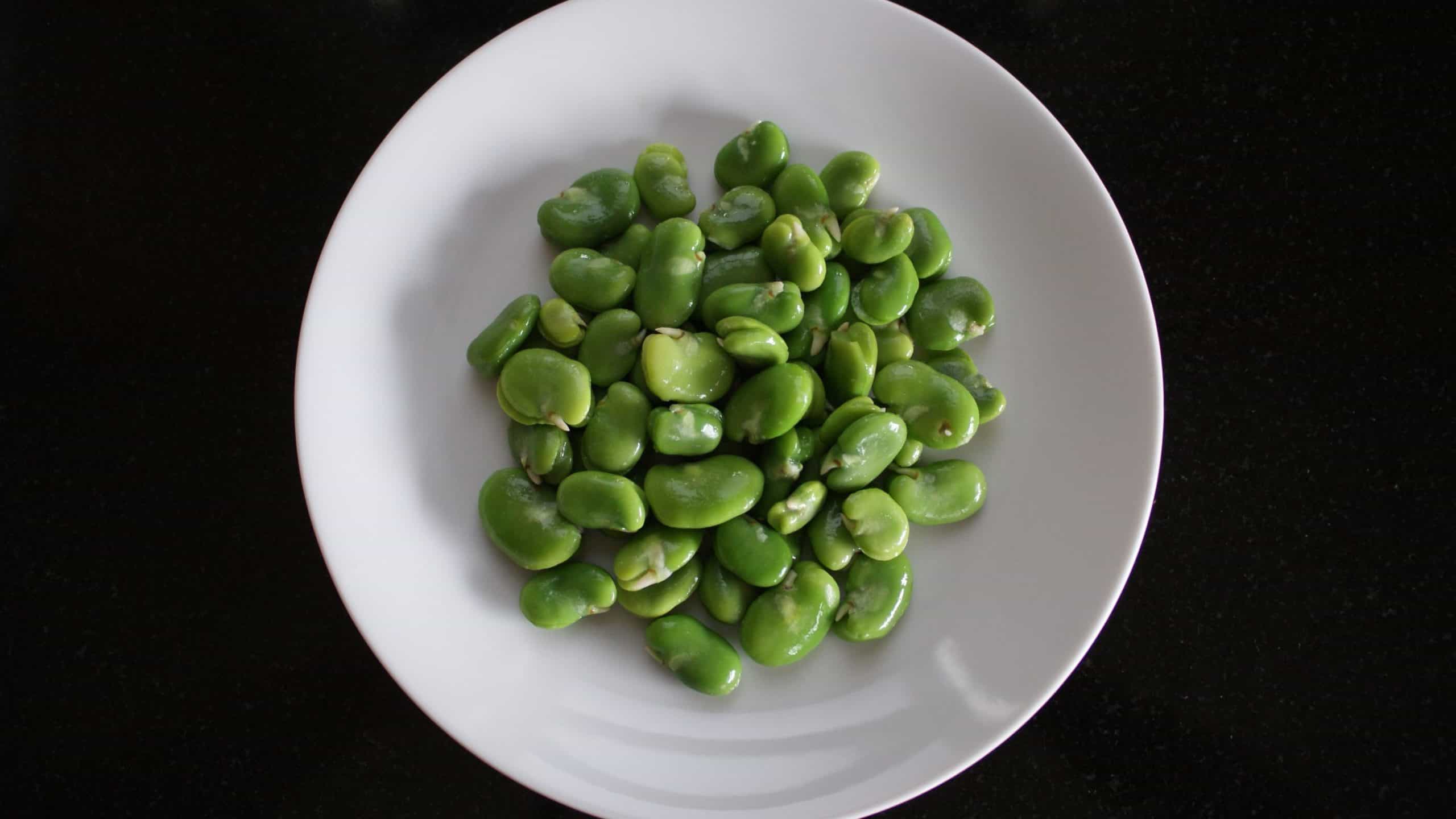
Fava beans require more preparation work than most varieties, but many chefs consider them worth the effort. They have a distinctive earthy flavor and creamy texture.
Preparation Requirements:
- Must be removed from pods
- Often require peeling after cooking
- Can be eaten raw when young and tender
Health Considerations: People with G6PD deficiency should avoid fava beans, as they can trigger a condition called favism, which causes the breakdown of red blood cells.
Culinary Applications: Fava beans are excellent in pasta dishes, Mediterranean salads, and as a side dish with herbs and olive oil.
13. Adzuki Beans
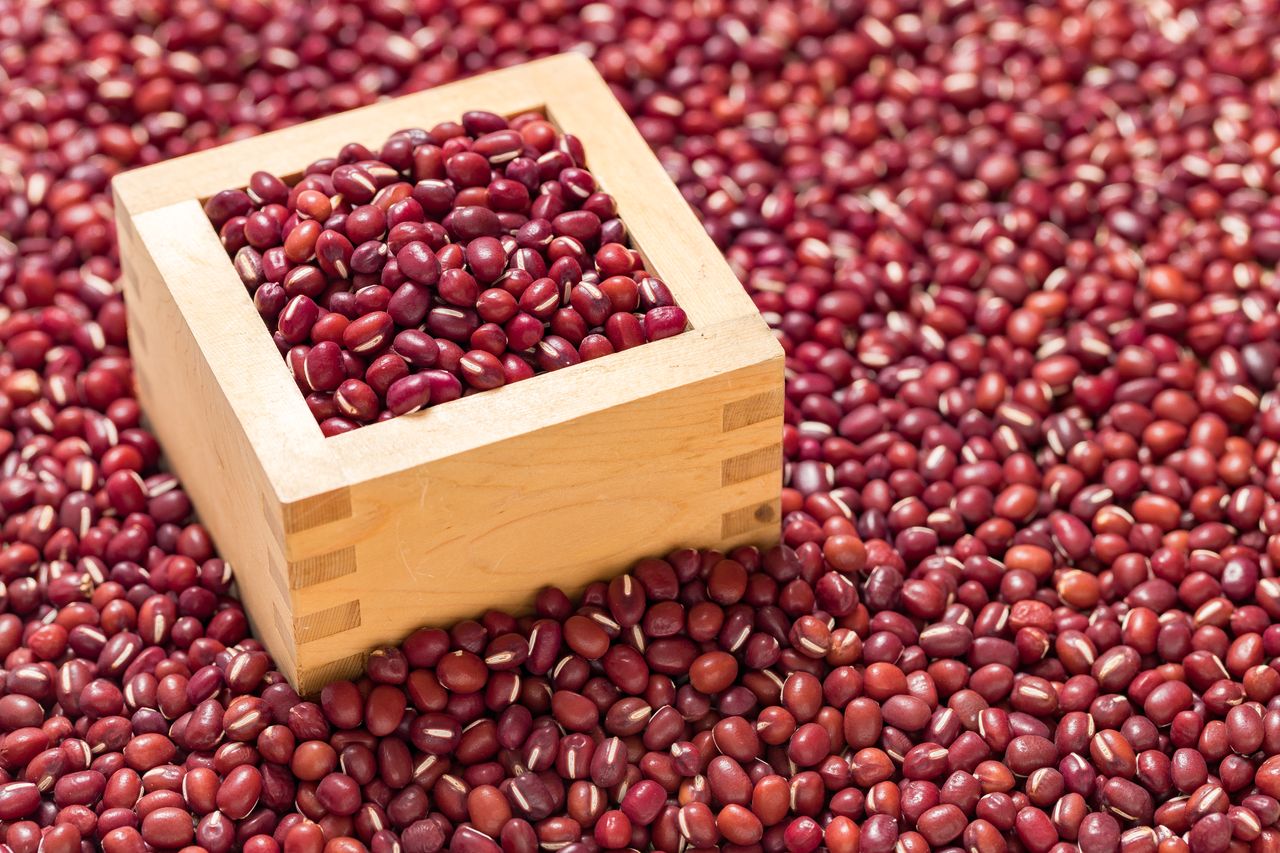
These small red beans are popular in Asian cuisine and offer a slightly sweet, nutty flavor. They’re often used in both savory and sweet applications.
Flavor Profile:
- Mildly sweet and nutty
- Firm texture that holds up well in cooking
- Complements both sweet and savory ingredients
Culinary Uses: Adzuki beans work well with sweet potatoes, mushrooms, and other vegetables that bridge savory and sweet flavors. They’re also used in Asian desserts and baked goods.
14. Mung Beans

These small green beans become soft and mealy when cooked, making them perfect for purees and soups.
They’re also the source of bean sprouts commonly used in Asian cuisine.
Nutritional Benefits:
- High in protein and essential nutrients
- Rich in magnesium, potassium, and B vitamins
- Good source of folate
Cooking Tips: Mung beans benefit from soaking before cooking and work well in casseroles, stir-fries, and soups. They cook relatively quickly compared to larger bean varieties.
15. Peas
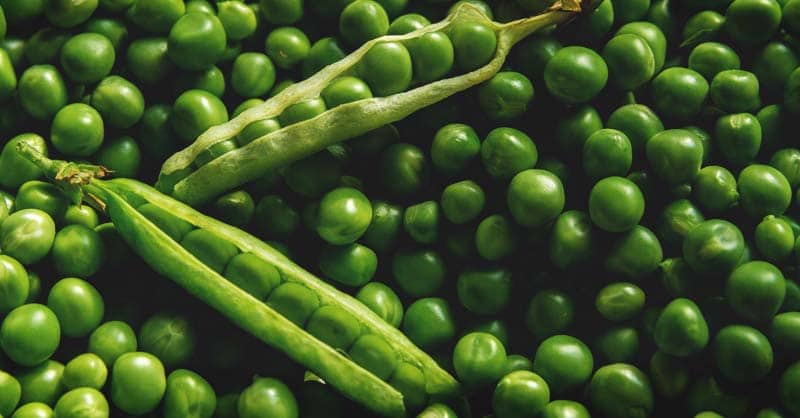
Surprise! Peas are actually legumes in the same family as beans.
These familiar green vegetables are incredibly versatile and nutritious.
Practical Advantages:
- Available fresh, frozen, or dried
- Cook quickly and easily
- Economical and widely available
- Rich in protein, fiber, and vitamins
Storage Tip: Keep frozen peas on hand as an economical and versatile ingredient that can be added to countless dishes for color, nutrition, and flavor.
16. Honey Beans
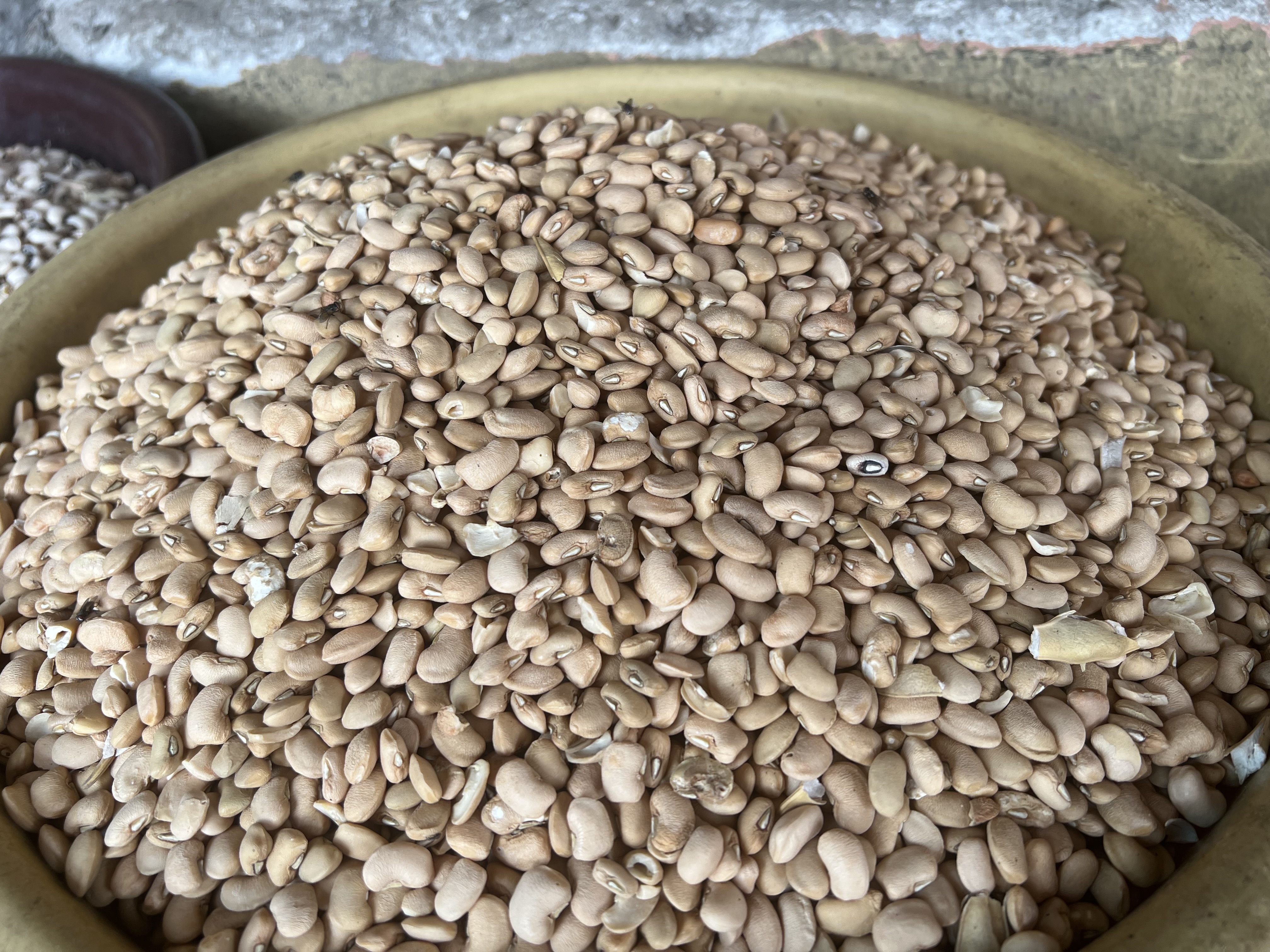
Honey beans offer a naturally sweet flavor and impressive nutritional profile.
They’re particularly beneficial for weight management and blood sugar control.
Weight Management Benefits:
- High in dietary fiber for satiety
- Low in fat, high in protein
- Help maintain stable blood sugar levels
- Provide sustained energy without sugar spikes
Health Applications: Honey beans are excellent for people with diabetes, those managing cholesterol, and anyone dealing with nutritional deficiencies. They’re also beneficial during pregnancy due to their nutrient density.
17. Drum Beans
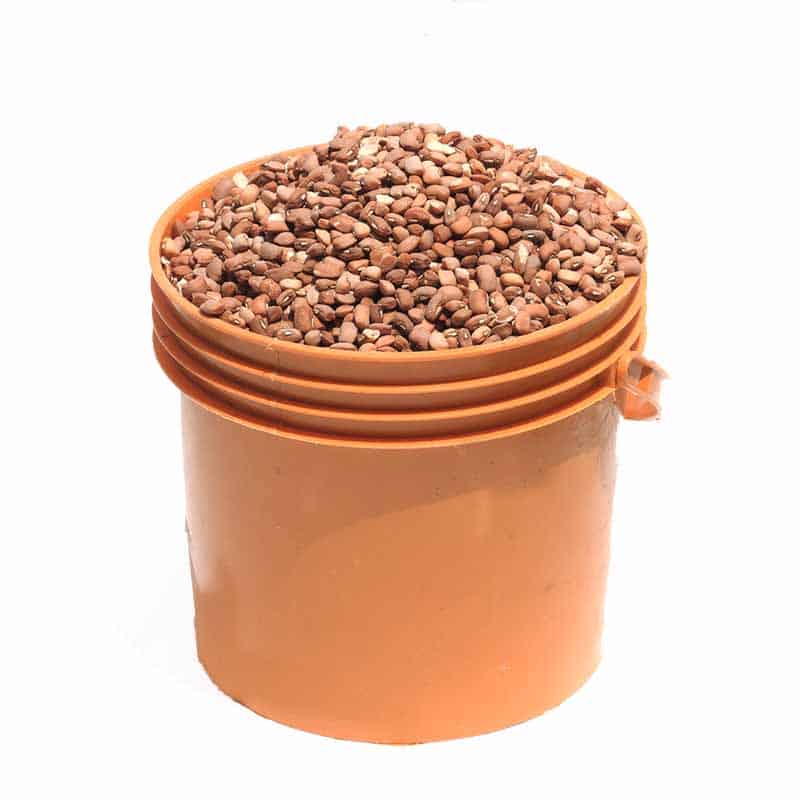
Drum beans round out our list with their impressive antioxidant profile and comprehensive nutritional benefits.
They’re similar to honey beans in many ways but offer their own unique advantages.
Nutritional Highlights:
- High in antioxidants, fiber, and protein
- Rich in B vitamins, iron, and magnesium
- Contains potassium, copper, and zinc
- Good source of roughage for digestive health
Health Benefits: Regular consumption of drum beans may help reduce the risk of diabetes and colorectal diseases while supporting overall health management.
Cooking Tips for Different Types of Beans
Soaking Guidelines
Most dried beans benefit from soaking, which reduces cooking time and improves digestibility:
- Quick soak: Boil beans for 2 minutes, then let stand for 1 hour
- Overnight soak: Cover with water and soak 8-12 hours
- No-soak varieties: Lentils, split peas, and black-eyed peas
Cooking Methods
- Stovetop: Most reliable method, allows for easy monitoring
- Slow cooker: Convenient for busy schedules, but requires longer cooking times
- Pressure cooker: Fastest method, reduces cooking time by 60-70%
- Instant Pot: Combines pressure cooking convenience with modern technology
Flavor Enhancement Tips
- Add aromatics like onions, garlic, and herbs during cooking
- Use broth instead of water for richer flavor
- Add acid (tomatoes, vinegar) only after beans are tender
- Season with salt near the end of cooking to prevent tough skins
Health Benefits and Nutrition Facts
Recent research continues to validate what cultures worldwide have known for centuries: beans are exceptional for human health.
According to the 2024 report, social conversations about beans have declined by 8.84%, yet they remain on 53.21% of restaurant menus, indicating their continued importance in professional kitchens.
Key Nutritional Advantages
- Protein Content: Most beans provide 15-20 grams of protein per cooked cup
- Fiber Benefits: High fiber content supports digestive health and helps maintain stable blood sugar
- Mineral Rich: Excellent sources of iron, magnesium, potassium, and zinc
- Low Fat: Most varieties contain less than 1 gram of fat per serving
- Budget-Friendly: Provide high-quality nutrition at a fraction of the cost of animal proteins
Disease Prevention
Studies suggest regular bean consumption may help with:
- Heart disease prevention through cholesterol management
- Type 2 diabetes prevention and management
- Weight management and obesity prevention
- Digestive health and colon cancer risk reduction
- Blood pressure regulation
Conclusion
Understanding the different types of beans opens up a world of culinary possibilities and nutritional benefits.
From the protein-rich black beans perfect for Latin American dishes to the versatile cannellini beans essential in Italian cuisine, each variety offers unique flavors, textures, and health benefits.
The beauty of beans lies in their accessibility and forgiveness.
Whether you’re a beginner cook looking to add more plant-based proteins to your diet or an experienced chef seeking new flavor combinations, beans provide endless opportunities for creativity in the kitchen.
With over 400 varieties worldwide and these 17 essential types to start with, you’re well-equipped to explore the remarkable world of legumes.
Start with a few varieties that appeal to your taste preferences, experiment with different cooking methods, and discover why beans have remained a cornerstone of healthy eating across cultures and centuries.
Remember to always cook beans thoroughly, especially kidney beans and lima beans, and don’t hesitate to experiment with different seasonings and cooking techniques.
Your taste buds—and your health—will thank you for incorporating more of these nutritional powerhouses into your regular meal rotation.
